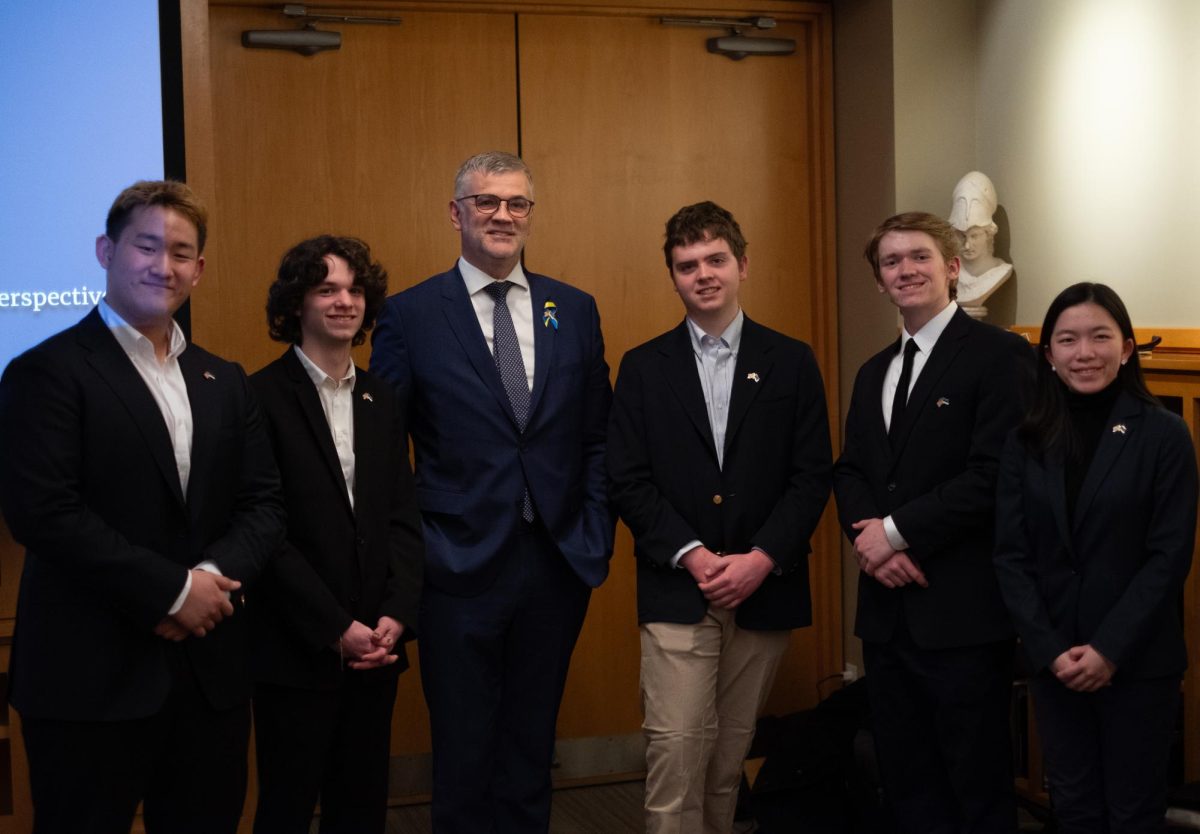I can be the dumbest cluck when it comes to watching movies sometimes. I may be a “film critic” by some loose definition, but that doesn’t mean I know everything. For example, I got the SUMO programming schedule confused and thus spent the first twenty minutes of “Under the Skin” convinced that it was supposed to be “Aftersun.” I waited patiently for the touching family drama I’d read about, despite the oppressive soundtrack and disturbing imagery onscreen. Eventually I did get the hint that the title shown early on was actually what the movie was called and not a marked chapter.
And yet, I think this mix-up perfectly encapsulates the experience of this Jonathan Glazer-directed thriller. It pulls audiences into the miasma of its mystique while keeping them at arm’s length with myriad visual metaphors. It’s artsy-fartsy enough in its approach to be a movie titled “Aftersun.” Its experimental opening, a play of light and shadow that gradually reveals itself to be the inner workings of a human eye, attains the kind of odd poetry that could befit something of that title. This could just be a bad excuse, but I’ll choose to make lemons into lemonade.
My oblivious insistence that I got the schedule right aside, “Under the Skin” alienates its audiences to keep them guessing about its nature. Even after the fact, and following the big twist that connects the dots between its plot and imagery, I’ve found it difficult to describe it to friends. Most times I’ve brought it up have gone like this: “Have you seen ‘Under the Skin?’” “No, what is it?” “It’s weird, disturbing, it has Scarlett Johansson as an unnamed woman luring men into her white van.”
That’s most of the film’s story. Scarlett Johansson drives around Scotland, occasionally pulling over to the side of the road to “ask for directions” when she’s actually trying to seduce someone. She takes them back to “her place,” an extremely sketchy house, only for her to presumably kill them. The dingy house turns to an obsidian-black, endless liminal space. She has her victim follow her as the two undress, only for the man to begin sinking into the floor and eventually drown in it.
The first time this happened, I wasn’t actually sure what this was meant to represent. Is it symbolic of what was a toxic sexual relationship, or is it just a visual metaphor for her seductive murder signature? But she keeps on doing it over and over again, which both clarifies the story and amplifies its intrigue. You don’t ever really know what’s going on until it all ends.
Dialogue-less stretches of Johansson walking on a beach or looking out the window of her van for her next victim is the bulk of the experience. The camera is always focused on her eyes, following that previously mentioned opening sequence. Each shot asks: where is she looking and what is she looking at, but the more tantalizing question begged is how is she looking at them? Her character only talks when she needs to in pursuing her objectives; anytime she isn’t with a potential target, she doesn’t bother filling us in on why she’s doing it. All you have are her steely eyes, which seem to oscillate in whether they have light behind them or not, and her unchangingly neutral facial expressions. Shadows often come in to further fragment any possible read you can get on her. Glazer works very hard to make understanding her futile.
I’ll admit that the memory of these bold choices may be more interesting than the initial experience of them. Even a few minutes in I knew this was a movie that I’d need to watch more than once to really connect with. You know it’s doing something cool, but you’re always questioning whether you’re too dumb a cluck in the moment to “get it.” And this is independent of my own “Aftersun” bafflement. Is the movie getting you to lean in or is it trying to outsmart you? Even in its reveal, I didn’t feel “in” on the joke. It kept me at such a distance throughout that the twist felt on the mild side.
Don’t get me wrong, the content of the twist is visually and existentially disturbing. My jaw was certainly on the floor and my face contorted into an expression of horror, it did get that from me. But the presentation of this big reveal felt too “big” for what “Under the Skin” is going for. It inundates itself in a narrative fog and patiently beckons its audience with the boldness of its less-is-more mystery for the majority of its duration. Thus, I feel like something more disquieting than overly shocking may have fit better. That title promises something that’s more subtly skin-crawling than grossly appetite-losing.
But then again, maybe I’m too dumb a cluck to have grasped what it was going for on the first go-around. After all, I was convinced that it was supposed to be an entirely different movie for a consequential fraction of it. But at a certain level, “Under the Skin” doesn’t want you to get it to crack. Its secrets are still stewing in my brain enough for me to mention the “Weird, disturbing, Scarlett Johansson as an unnamed woman luring men into her white van” experience I had to friends long after having watched it. It’ll need to sit for a while, but a large part of me knows I’ll get more out of it during the second viewing, especially now that I know that it’s definitely not “Aftersun.”
Rating: 3.5/5









